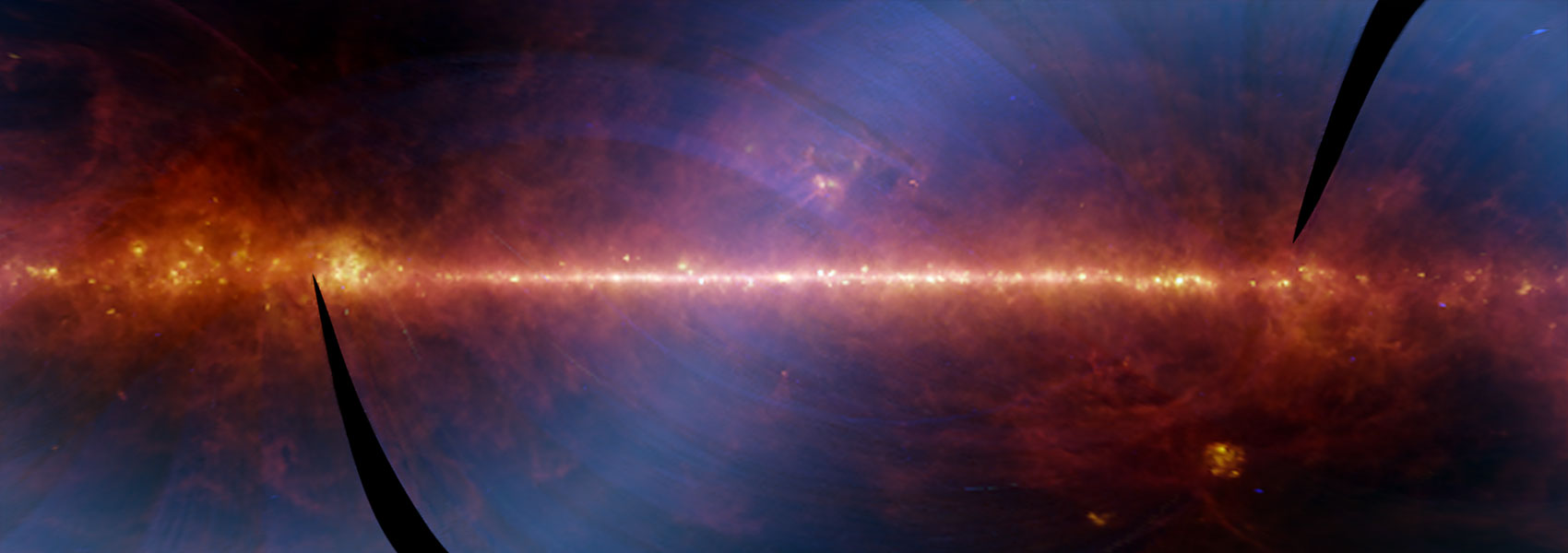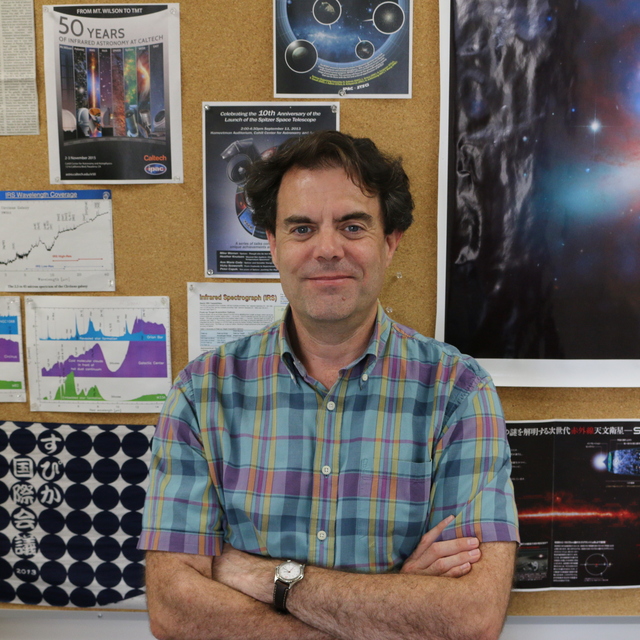
GOALS-JWST: The Warm Molecular Outflows of the Merging Starburst Galaxy NGC 3256
December 2024 • 2024ApJ...977...36B
Abstract
•
We present James Webb Space Telescope (JWST) integral-field spectrograph observations of NGC 3256, a local infrared-luminous late-stage merging system with two nuclei roughly 1 kpc apart, both of which have evidence of cold molecular outflows. Using JWST/NIRSpec and Mid-Infrared Instrument data sets, we investigate this morphologically complex system on spatial scales of <100 pc, where we focus on the warm molecular H2 gas surrounding the nuclei. We detect collimated outflowing warm H2 gas originating from the southern nucleus, though we do not find significant outflowing H2 gas surrounding the northern nucleus. We measure maximum intrinsic outflow velocities of ∼1000 km s‑1, which extend out to a distance of 0.7 kpc. Based on H2 S(7)/S(1) ratios, we find a larger fraction of warmer gas near the southern nucleus, which decreases with increasing distance from the nucleus, signifying the southern nucleus as a primary source of H2 heating. The gas mass of the warm H2 outflow component is estimated to be M warm ,out = (1.4 ± 0.2) × 106 M ⊙, as much as 6% of the cold H2 mass estimated using Atacama Large Millimeter/submillimeter Array CO data. The outflow timescale is about 7 × 105 yr, resulting in a mass outflow rate
Links
- PREPRINT http://arxiv.org/abs/2403.14751
- NED https://ned.ipac.caltech.edu/uri/NED::InRefcode/2024ApJ...977...36B
- ELECTR https://doi.org/10.3847/1538-4357/ad87d3
- SIMBAD https://simbad.u-strasbg.fr/simbad/sim-ref?querymethod=bib&simbo=on&submit=submit+bibcode&bibcode=2024ApJ...977...36B
- PDF https://iopscience.iop.org/article/10.3847/1538-4357/ad87d3/pdf
- DATA https://archive.stsci.edu/mastbibref.php?bibcode=2024ApJ...977...36B
- DATA http://archive.eso.org/bin/ads2eso?2024ApJ...977...36B
- DATA http://archive.eso.org/bin/ads2eso?2024ApJ...977...36B




